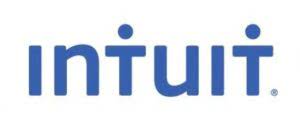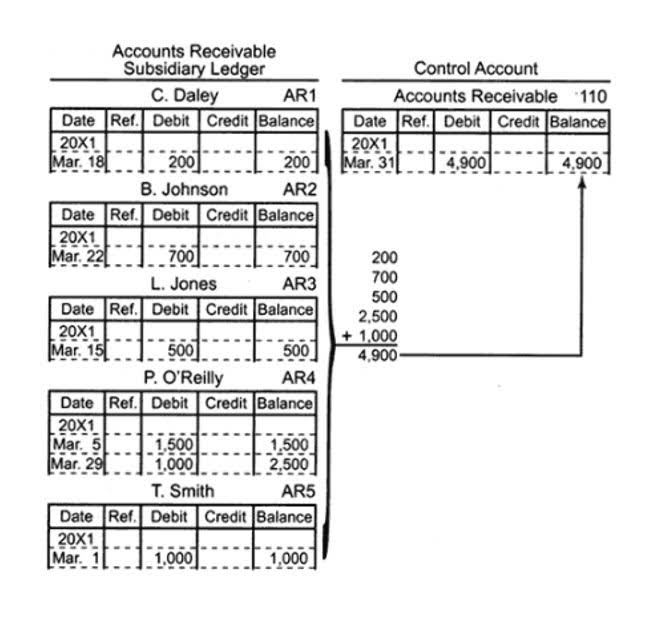What is Electronic Funds Transfer EFT? EBANX

This blog is about the EFT (Electronic Funds Transfer) story, and the journey will cover the foremost guide to the electronic fund transfer concept. So, unlock everything from scratch and take a deep dive into crucial points of EFT meaning, its types, and its working. It’s a digital era, and most work is dependent on digital concepts, especially when it comes to payment. Electronic payments are now part of daily life, and almost every business owner is adopting them. normal balance EFT (Electronic Fund Transfer) refers to a strategy of transferring funds through an electronic mode through one bank account to another account.

Online money transfers
EFT payment is an umbrella term to refer to a variety of electronic payment methods, including ACH payments, direct debit payments, etc. International EFT payments may take longer and have additional fees, such as foreign exchange fees, compared to domestic EFT payments. The process and cost of international wire transfers what is an eft can also vary depending on the banks involved and the countries being sent to and from. Wire transfers are primarily used for B2B payments because they can transfer large sums of money more quickly than other types of EFT payments. However, they also tend to have higher fees than other payment methods.
Top 5 Types of EFT Payments
Customers can store money in a mobile wallet, initiate peer-to-peer transfers, and schedule online bill payments. An EFT account lets you send and receive electronic fund transfers. Examples of EFT accounts include business accounts, credit cards, and savings accounts. Even though you may be physically handling cash, all transactions made at an ATM are considered electronic fund transfers. Once you enter your PIN, the card issuer’s network will verify your information and process the transaction.
Cost Savings
As noted above, there are many types of electronic transfers, so it’s up to the business and the consumer to decide what kind of EFT is best for their needs. The ACH is a network of financial institutions that intends to provide security in transferring funds. So, in an ACH transaction, the request will stop through the ACH between the initiation and the bank itself.
Pros and Cons of ETFs
Instead, Electronic Funds Transfer (EFT) has become the backbone of modern financial transactions. Whether you’re paying employees, settling utility bills, or shopping online, EFT plays a crucial role in making payments faster, safer, and more efficient. An ACH (Automated Clearing House) payment is a widely used EFT payment example. Essentially, an ACH payment is an electronic payment that’s processed through the Automated Clearing House network and directly deposited into a recipient’s bank account. An ACH payment transfers funds electronically without the need for a paper check, credit card, wire transfer or exchange of cash.
Electronic check

The average American uses EFT payments daily without realizing it. International EFT payments, also known as wire transfers, are used for large-dollar transactions between bank accounts. They’re typically for business transactions from one country to another, international money transfers, and other types of cross-border payments.

Is an ETF better than a mutual fund?
Laurie Sepulveda is a MarketWatch Guides team senior writer who specializes in writing about personal loans, home equity QuickBooks ProAdvisor loans, mortgages and banking. She lives in North Carolina and has taught and written about personal finance for over a decade. EFTs do have certain protections under the Electronic Fund Transfer Act, which decides the limits of customer liability and the error resolution process. You might encounter some of these terms when using EFT, so it’s useful to know what they mean in this context.

There are always 2 parties in an EFT payment — the sender and the recipient. In most cases, the sender will start off the EFT payment, to push funds to the recipient’s account. These standards offer strong protection for businesses and customers. While no system is foolproof, the combination of technology, regulation, and best practices creates a resilient framework.
- The case for adopting EFTs is strong across all industries and company sizes.
- One of the reasons why EFT is so popular is that it covers various types of financial transactions, including salary payments, utility bill payments and online shopping transactions.
- An ETF is a type of investment fund that holds a collection of different stocks, bonds or other assets and, much like an individual stock, is traded on stock exchanges.
- Similarly, consumers pay their utility bills through recurring payments and electronic payments.
- The Federal Reserve Bank regulates domestic wire transfers, and international (cross-border) wire transfers must comply with SWIFT payment system regulations.
- As such, they have made paper checks all but obsolete, especially for businesses that can save time and money using EFTs.
- An ACH payment transfers funds electronically without the need for a paper check, credit card, wire transfer or exchange of cash.
Comparing EFTs to other electronic payment methods
Providing investment banking solutions, including mergers and acquisitions, capital raising and risk management, for a broad range of corporations, institutions and governments. Keep card information up-to-date to avoid payment interruptions and lost sales. Process payments manually, on your website, or through a mobile app. Read on to find out what US banks have branches in India and tips on banking in the country.
- A pre note or prenotification is a zero dollar payment to validate the account and routing details of a bank account before debiting or crediting it.
- EFTs are frequently referred to as electronic bank transfers, eCheques or electronic payments.
- One of the most accessible ways is to partner with a POS system such as a Square reader or Stripe.
- You can pay friends, family and colleagues quickly and efficiently by using a peer-to-peer payment app.

Direct deposit is one of the most common EFT methods used by small businesses to pay employees. It allows funds to move straight from your business bank account into your employees’ accounts – no paper checks, no delays. Credit and debit card transactions are electronic transfers processed by a credit card network. The payment processor draws funds from the recipient’s bank account or line of credit and credits it to the recipients’ bank account.

